Scientist of the Day - Anthony van Dyck
Anthony van Dyck, a Flemish artist, was born in Antwerp on Mar. 22, 1599. Van Dyck showed his talent early, was invited into the large studio of Peter Paul Rubens in the late 1610s, and then spent some years in Italy, especially Genoa, where he began to specialize in portraits. At first he sketched fellow artists, producing an elegant series of etchings, but the real money was to be made in court painting. Italian dukes and doges had long supported court painters, but they were not so common at the time in the Netherlands or in England, although one can find the occasional Hans Holbein executing portraits in London. King Charles I of England was quite the art patron and enlisted all sorts of help, including that of van Dyck’s, in building up the Royal collection. In 1632, Van Dyck moved to London as court painter, and was there, with occasional returns to the Continent, until his death in 1641.
This is a science blog, and we include portrait artists only when they are noted for their portraits of scientists. It is not uncommon to find artists in the 19th century who portrayed a sizeable number of scientists, engineers, or naturalists. We have not written a post on Thomas Henry Maguire, but we have published at least a dozen posts with portraits by Maguire, depicting the likes of Charles Darwin, John Henslow, and Henry de la Beche. We have written an essay on Henry Raeburn, where we included his portraits of James Hutton, John Playfair and Joseph Black, and we have also written a piece on Stephen Pearce, who portrayed so many British scientist-explorers, such as James Clark Ross and William Edward Parry.
In the seventeenth century, however, portraitists who specialized in painting natural philosophers were almost non-existent. Most portrait artists were court painters, which meant that they painted court figures – the king and queen and their families, and important courtiers. We can identify a few 17th-century portrayers of scientists, such as Godfrey Kneller, who painted Isaac Newton (four times!) and Justus Sustermans of Florence, who did several memorable portraits of Galileo, but most of those have but one or two scientists in their portfolios. There are no counterparts to Maguire or Raeburn in the 17th century that I have run across. The closest is van Dyck. He painted four individuals who might qualify as scientists, if we make that category broad enough. We have showed several of those before in posts on some of those individuals, but today I thought we would bring most of them together into one post.
Van Dyck's best-known painting of a scientist captures the likeness of a little-known mathematician, Jean-Charles de la Faille, a Flemish Jesuit (second image). Just before van Dyck left Antwerp for England, in 1629, he painted della Faille, who was leaving himself for Madrid. We showed the portrait in our post on della Faille, since it is the distinguishing marker of his career. You can see the original in the Musées Royaux des Beaux-Arts, Brussels.
Van Dyck also did several portraits of Kenelm Digby, the English alchemist and natural philosopher. Van Dyck and Digby were personal friends and supposedly did alchemical experiments together, which perhaps explains why van Dyck did two portraits of Digby. The first one we show is the second one that van Dyck painted, done shortly before his (Van Dyck's) death in 1641 (third image). But the first one he painted is more interesting, because it shows Digby with a sunflower, a common alchemical symbol of sympathetic action, since it follows the sun (fourth image). And the interest comes from the fact that one of van Dyck's self-portraits shows him with a sunflower, suggesting that these two portraits have a sympathetic connection with each other (fifth image). This self-portrait is in a private collection. Van Dyck's other self-portrait, painted about 1640, sold at auction in 2009 for many millions of dollars and was about to enter a private collection, when a massive campaign for funds raised enough money to allow the National Portrait Gallery to acquire it (first image). It is indeed a splendid painting, almost as fine as the one he did of della Faille.
Our final van Dyck portrait of a science-related individual is one of Inigo Jones that he painted sometime in the early 1630s. Inigo Jones is usually categorized as an architect rather than a scientist, but so is Christopher Wren, who was one of the most mathematically gifted members of the Royal Society of London. The truth is, architecture and the mathematical sciences were closely entwined in the 17th-century (and probably still are), so we are not stretching too much in including van Dyck’s portrait of Jones here. Actually, it seems van Dyck did two portraits of Jones. You can find one of them in the National Portrait Gallery, and you can see it here, but it is not that special, in my opinion. If the second portrait survives, I cannot find it – it does not turn up on ArtUK – but there are plenty of copies. I show two of those – an engraved copy by Robert van Voerst, that helps us date the portrait, since van Voerst died in 1636 (sixth image), and a painted copy by William Hogarth in 1757, suggesting that the original was still around in the eighteenth century (seventh image). I really like Hogarth’s copy; the original by van Dyck must have been a real stunner.
The fourth individual that van Dyck painted who might be included in a dictionary of scientific biography is Constantijn Huygens, a friend of René Descartes and Marin Mersenne and father of the gifted mathematician and physicist, Christiaan Huygens. We ran out of room and time to discuss this portrait. The National Portrait Gallery has over 1000 portraits by van Dyck. I went through all of them, and was lucky to find four scientific subjects. It was just enough to justify this post.
Van Dyck died after a lengthy and undescribed illness on Dec. 9. 1641, at the age of 42. Had he lived a normal lifetime, he would have witnessed the beheading of his patron in 1649 and the loss of his court position, but he was such a superb portraitist that he would undoubtedly have found a new patron on the continent. Van Dyck was buried in St. Paul’s Cathedral, but his grave was lost when the cathedral was consumed in the Great Fire of London in 1666.
William B. Ashworth, Jr., Consultant for the History of Science, Linda Hall Library and Associate Professor emeritus, Department of History, University of Missouri-Kansas City. Comments or corrections are welcome; please direct to ashworthw@umkc.edu.

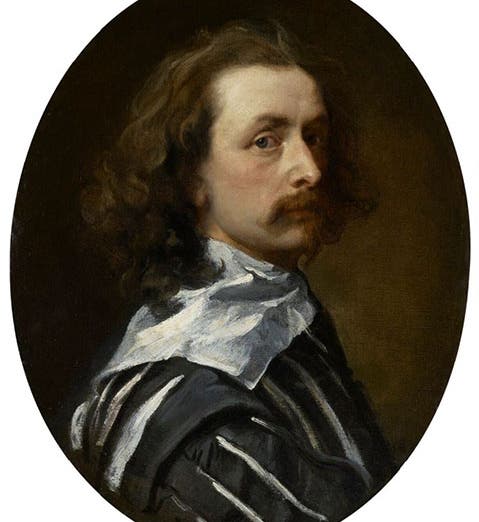
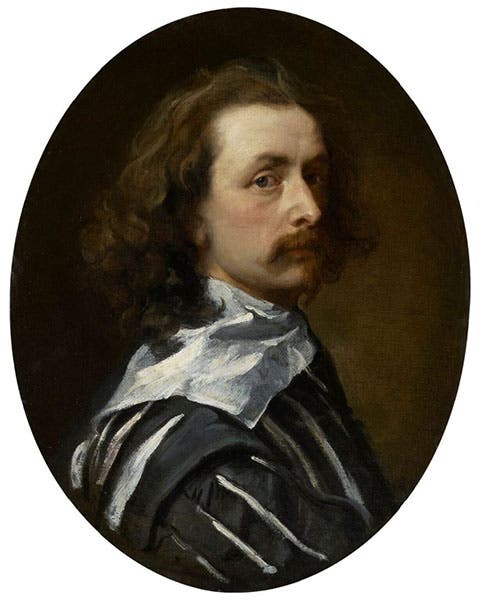

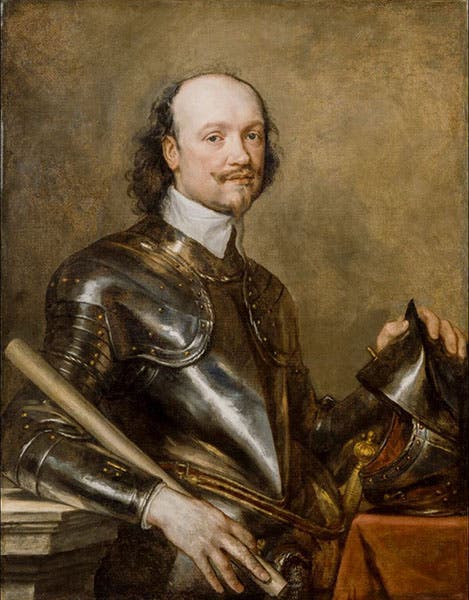
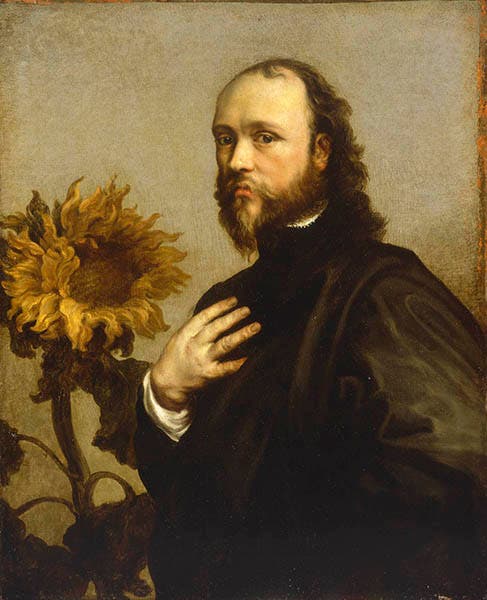
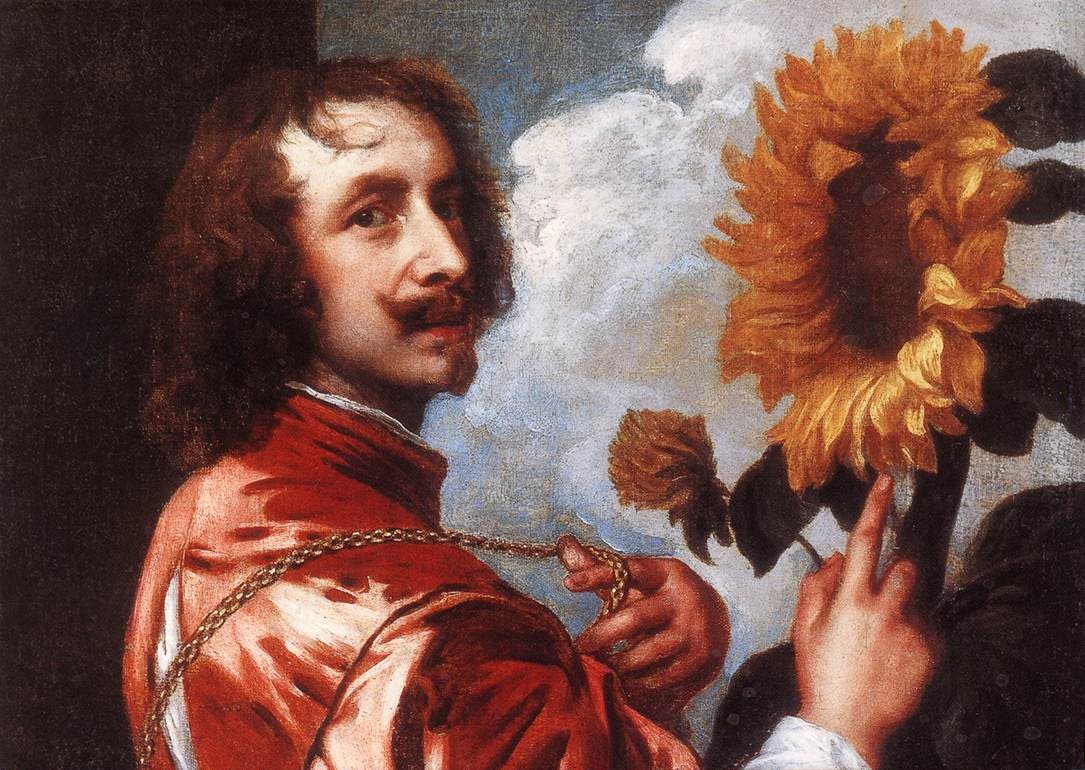
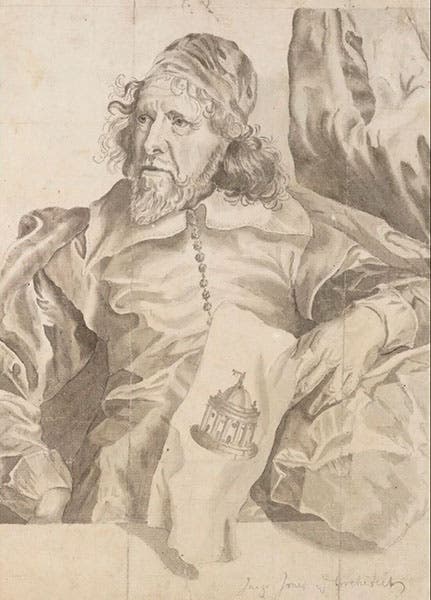
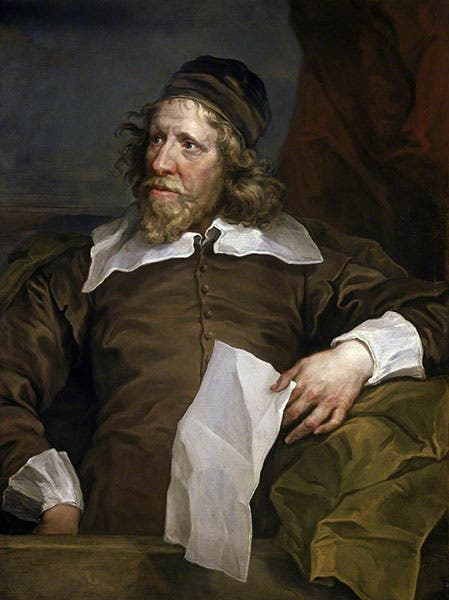



![Columbine, hand-colored woodcut, [Gart der Gesundheit], printed by Peter Schoeffer, Mainz, chap. 162, 1485 (Linda Hall Library)](https://assets-us-01.kc-usercontent.com:443/9dd25524-761a-000d-d79f-86a5086d4774/3829b99e-a030-4a36-8bdd-27295454c30c/gart1.jpg?w=210&h=210&auto=format&fit=crop)
